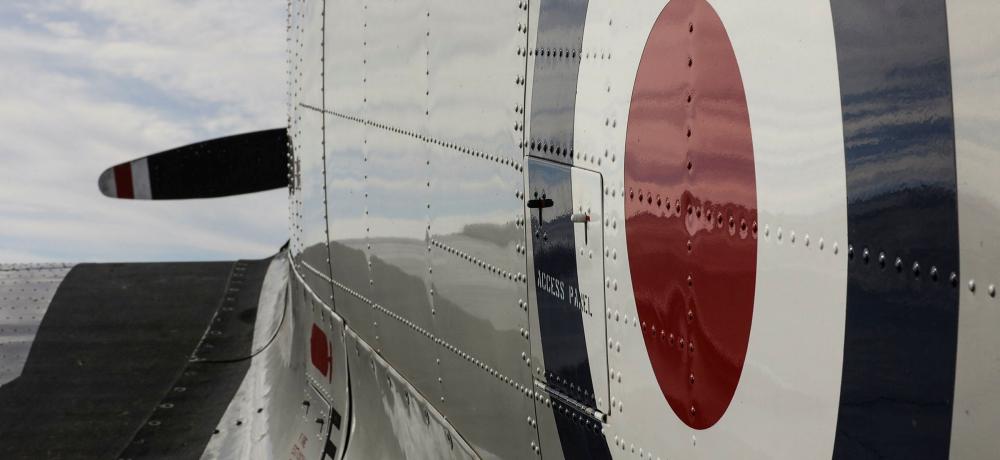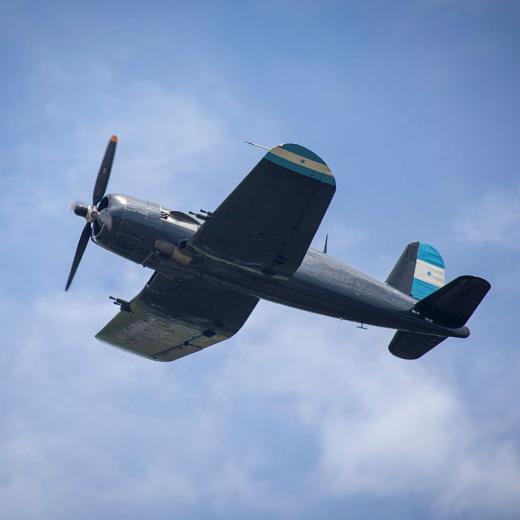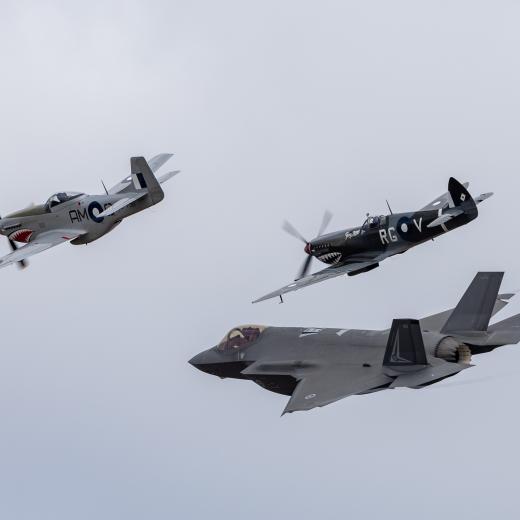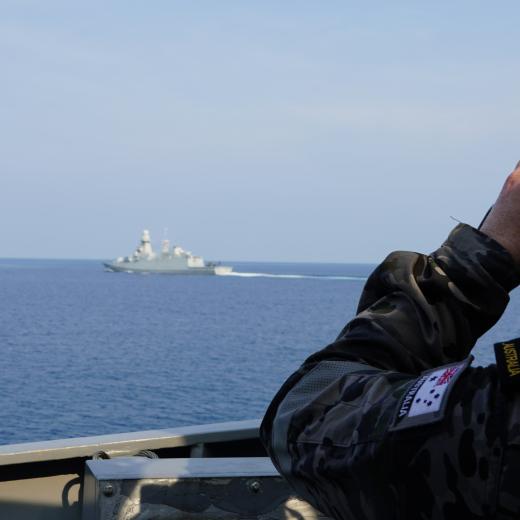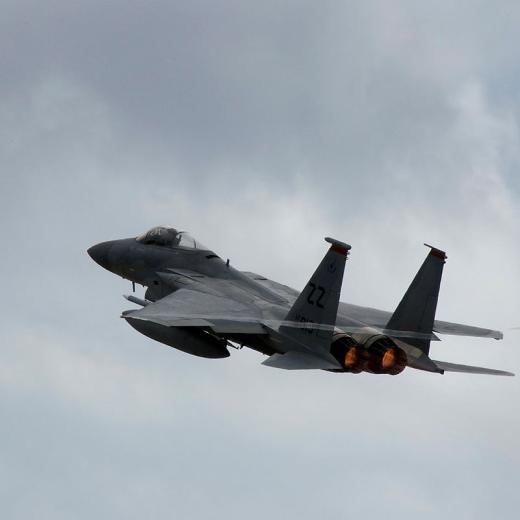BLUF
Air Marshal Hugh Trenchard was the father of the Royal Air Force, advocating for and introducing the training, strategies, and organisation that an independent air force requires.Summary
This article by Rebecca Grant in Air Force Magazine makes the following points about Hugh M. Trenchard:
- Originally a British Army officer with a limited chance of promotion.
- Privately learned to fly in 1912, aged 39.
- As adjutant of the new Central Flying School developed the curriculum that included map reading, signals, and engine mechanics.
- He emphasised the need for discipline.
- Realised that no army could manoeuvre in the daytime if the enemy possessed reconnaissance aircraft.
- In early WW1, commanded an operational Royal Flying Corps wing.
- Believed air power must be more than routine patrols and reconnaissance.
- Introduced cameras for surveillance.
- He was probably the first commander to suggest using aerial observers to spot targets for the artillery.
- At the Battle of Loos, he combined reconnaissance, interdiction, and close air support and air liaison in support of land forces.
- Introduced the fundamental tactic of formation flying and establishing air superiority.
- He influenced the father of the US Air Force, Billy Mitchell.
- Post WW1 established the RAF College at Cranwell.
- First Chief of the Air Staff of the Royal Air Force.
Note: The Royal Flying Corps (RFC) and Royal Naval Air Service (RNAS) were amalgamated to form the Royal Air Force in April 1918.
References
- MILITARY HISTORY: INDEX of PAGES AND COLLECTIONS ON THE RAAF RUNWAY
- 2018 Hugh Trenchard-RAF 100
- Who's Who - Hugh Trenchard-firstworldwar.com
- Hugh Trenchard, 1st Viscount Trenchard-Oxford Reference.

